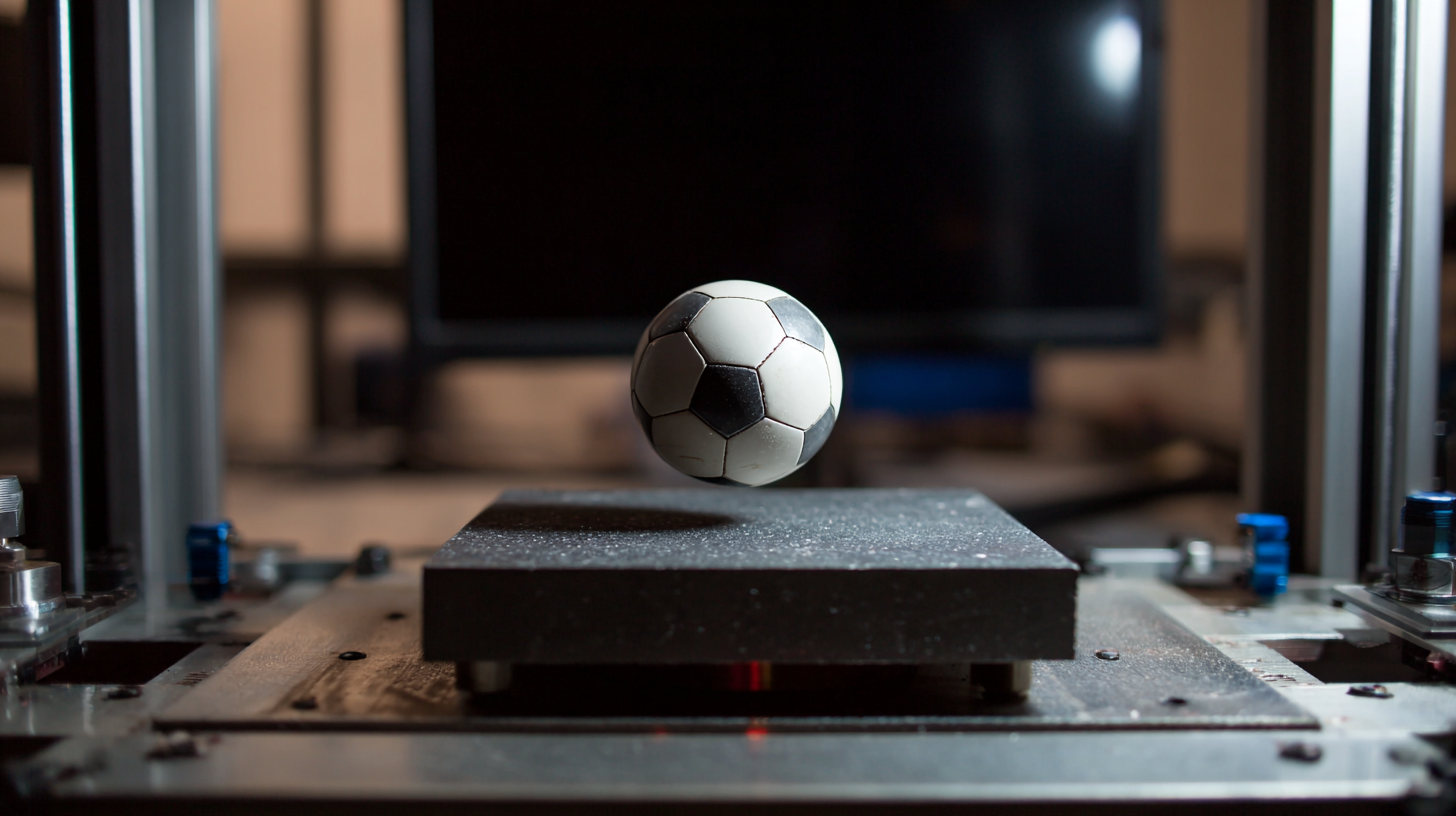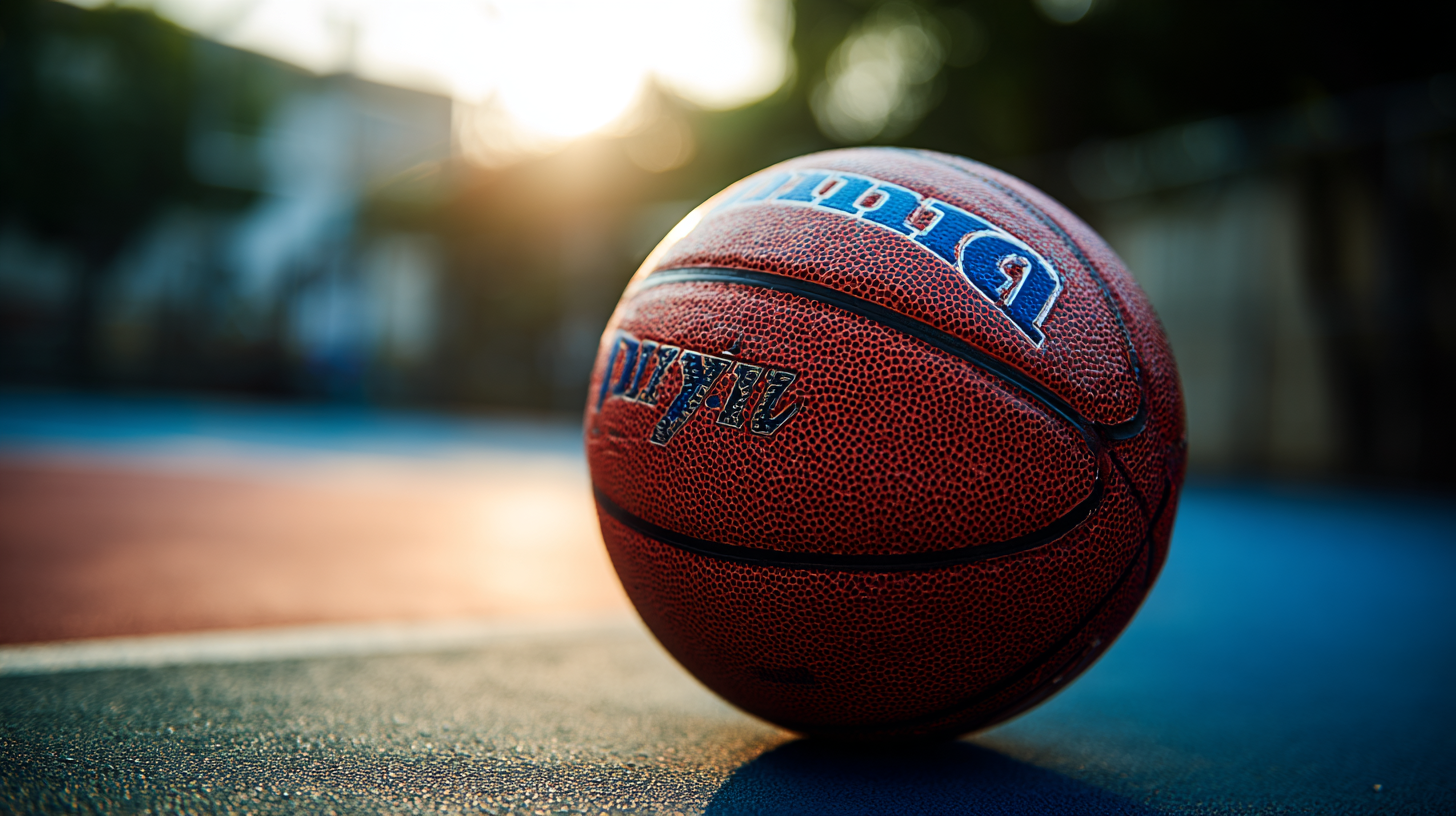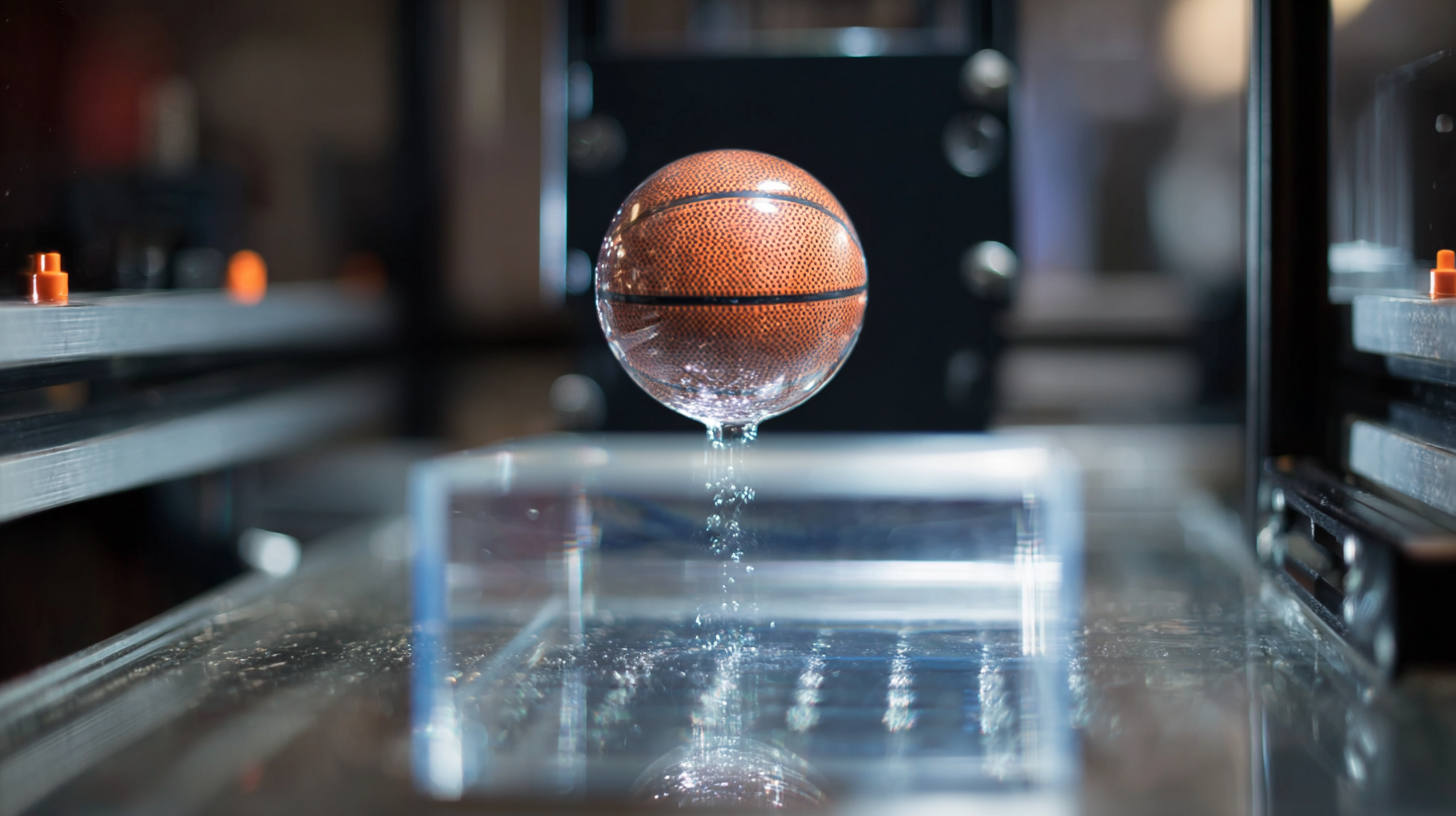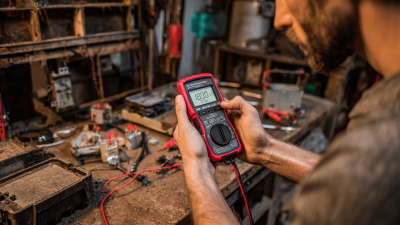Ultimate Guide to Choosing the Best Ball Rebound Tester for Your Needs
In the world of sports and material testing, the importance of a reliable ball rebound tester cannot be overstated. As per the latest industry reports, the global demand for high-quality test equipment has surged by over 15% in the past year alone, driven by advancements in technology and the increasing focus on quality assurance in sporting goods manufacturing. A ball rebound tester not only ensures compliance with international standards but also plays a crucial role in enhancing product performance by assessing how a ball responds to impact.

These devices provide invaluable data that guide manufacturers in material selection and design optimization, ultimately resulting in products that meet both regulatory requirements and consumer expectations. Understanding the nuances of different types of ball rebound testers available in the market is essential for choosing the right equipment that aligns with specific testing needs and industry standards.
Understanding Different Types of Ball Rebound Testers and Their Applications
When selecting a ball rebound tester, it’s essential to understand the different types available and their applications in various sports. The two primary categories are vertical rebound testers and inclined rebound testers. Vertical testers, often used for basketballs and soccer balls, measure the bounce height when dropped from a set height. In contrast, inclined testers are geared towards sports like tennis and golf, assessing the ball's behavior on a sloped surface, providing insights into performance on different terrains.
According to a recent industry report by the Sports Engineering Association, the accuracy of rebound testers has improved by over 25% in the last decade due to advancements in sensor technology. This precision is critical for manufacturers looking to ensure high-quality standards. For instance, understanding a football’s rebound characteristics can significantly influence its design and material selection, ultimately affecting performance and player safety.
Tip: When choosing a rebound tester, consider the specific sports or standards you need to meet. Research equipment that can calibrate to regulatory requirements for each sport, as this can save time and resources in product development. Additionally, investing in a model with data logging capabilities could enhance your ability to analyze performance over time.
Key Features to Look for in a High-Quality Ball Rebound Tester
When choosing a ball rebound tester, several key features can significantly enhance the accuracy and reliability of your results. A high-quality rebound tester should include adjustable release heights, as varying heights can mimic real-world playing conditions. According to a recent study by the International Sports Engineering Association, tests conducted from different heights can afford a detailed understanding of how a ball performs under specific conditions. Aim for a model that allows quick adjustments and includes a clear digital display for accurate readouts.
In addition to adjustments, consider the material quality of the tester. The frame should be sturdy to withstand repeated use, while the measurement apparatus should utilize precise springs and components that can withstand high-energy impacts. Data from Sports Testing Laboratories suggests that robust construction can enhance the longevity of the tester, ensuring that it remains reliable for years, even in high-intensity environments.
**Tips:** Always look for models that offer calibration options, ensuring that you maintain accuracy over time. Furthermore, ensure that the rebound tester is portable if you plan to use it in various locations. A lightweight design paired with a compact form factor can facilitate easy transport and setup, helping you to carry out tests efficiently.
Ultimate Guide to Choosing the Best Ball Rebound Tester for Your Needs
| Feature | Description | Importance |
|---|---|---|
| Measurement Range | The range of ball types and sizes the tester can measure accurately. | High |
| Calibration | The ability to easily calibrate the device for precise measurements. | Critical |
| Durability | Construction materials and overall sturdiness of the tester. | Medium |
| Portability | Ease of transport and use in various locations. | High |
| User Interface | Clarity and ease of using the control panel and display. | High |
| Battery Life | Duration the device can operate on a single charge. | Medium |
| Data Recording | Ability to save and export measurement data for analysis. | High |
Top 5 Ball Rebound Testers: A Comprehensive Comparison
When it comes to evaluating the performance of sports balls, a reliable rebound tester is essential for coaches, athletes, and sports manufacturers alike. In our comprehensive comparison of the top five ball rebound testers, we delve into the features, benefits, and potential drawbacks of each model, making it easier for you to choose the one that best fits your specific needs. Each tester offers unique capabilities, ensuring that various types of balls, from basketballs to soccer balls, can be assessed with precision.
Among our top picks, the first contender stands out due to its advanced digital features, allowing for precise measurement and data logging. The second model impresses with its portability and ease of use, making it ideal for on-the-go assessments during training sessions. The third option, designed for heavy-duty use, is perfect for institutions and clubs that require consistent testing. Throughout our comparison, we emphasize the importance of durability, accuracy, and user-friendliness, so you can make an informed decision when selecting the ideal ball rebound tester for your sporting activities.

Tips for Maintaining and Calibrating Your Ball Rebound Tester
When you invest in a ball rebound tester, maintaining its accuracy and performance is crucial. Regular maintenance not only extends the life of your equipment but also ensures consistent results in measuring ball rebound properties. One essential tip is to clean the testing area after each use. Dirt and debris can interfere with the testing process, leading to inaccurate readings. Use a soft cloth to wipe down surfaces, and ensure that no obstructions are present in the testing path.

Calibration is another vital aspect of keeping your ball rebound tester in optimal condition. It's recommended to calibrate your tester at regular intervals, or whenever you notice discrepancies in results. Check the manufacturer's guidelines for specific calibration procedures and suitable tools. Additionally, keeping a log of calibration dates and results will help you track performance over time, allowing for more informed decisions about equipment health and the need for adjustments or repairs.
How to Choose the Right Ball Rebound Tester Based on Your Testing Environment
When selecting a ball rebound tester, it's crucial to consider your specific testing environment. Factors such as surface type, indoor vs. outdoor settings, and ambient conditions can significantly influence the choice of equipment. For outdoor testing, look for devices that can withstand various weather conditions, such as moisture and temperature changes. In contrast, for indoor environments, a tester that prioritizes precision and stability may be preferable.
**Tips:** When testing on hard surfaces, choose a tester with a sturdy base to prevent any movement that could skew results. If working on softer surfaces, a tester with adjustable height options can help achieve consistent rebound measurements across different ball types.
Moreover, pay attention to the equipment's ease of use and portability. If you plan to move between multiple testing locations, opt for a lightweight model that can be easily transported. A design that allows for quick setup and takedown will enhance efficiency during your testing sessions.
**Tips:** Look for testers with foldable designs and carrying cases to simplify storage and transport. Also, consider a model with clear calibration indicators to ensure you can maintain accuracy, regardless of the environment in which you’re testing.
Ball Rebound Tester Performance Comparison
Related Posts
-

How to Choose the Right Resistance Tester for Your Electrical Applications
-

The Ultimate Guide to Choosing the Best Phone Testing Equipment for Your Needs
-

The Future of Impact Testing Technology: Innovations Shaping Enhanced Durability Standards
-

Maximizing Efficiency with Field Test Equipment Advantages for Your Business
-

The Ultimate Guide to Choosing the Best Quality Testing Equipment for Your Business
-

5 Reasons Why the Tester Line is the Best Choice for Your Production Needs





